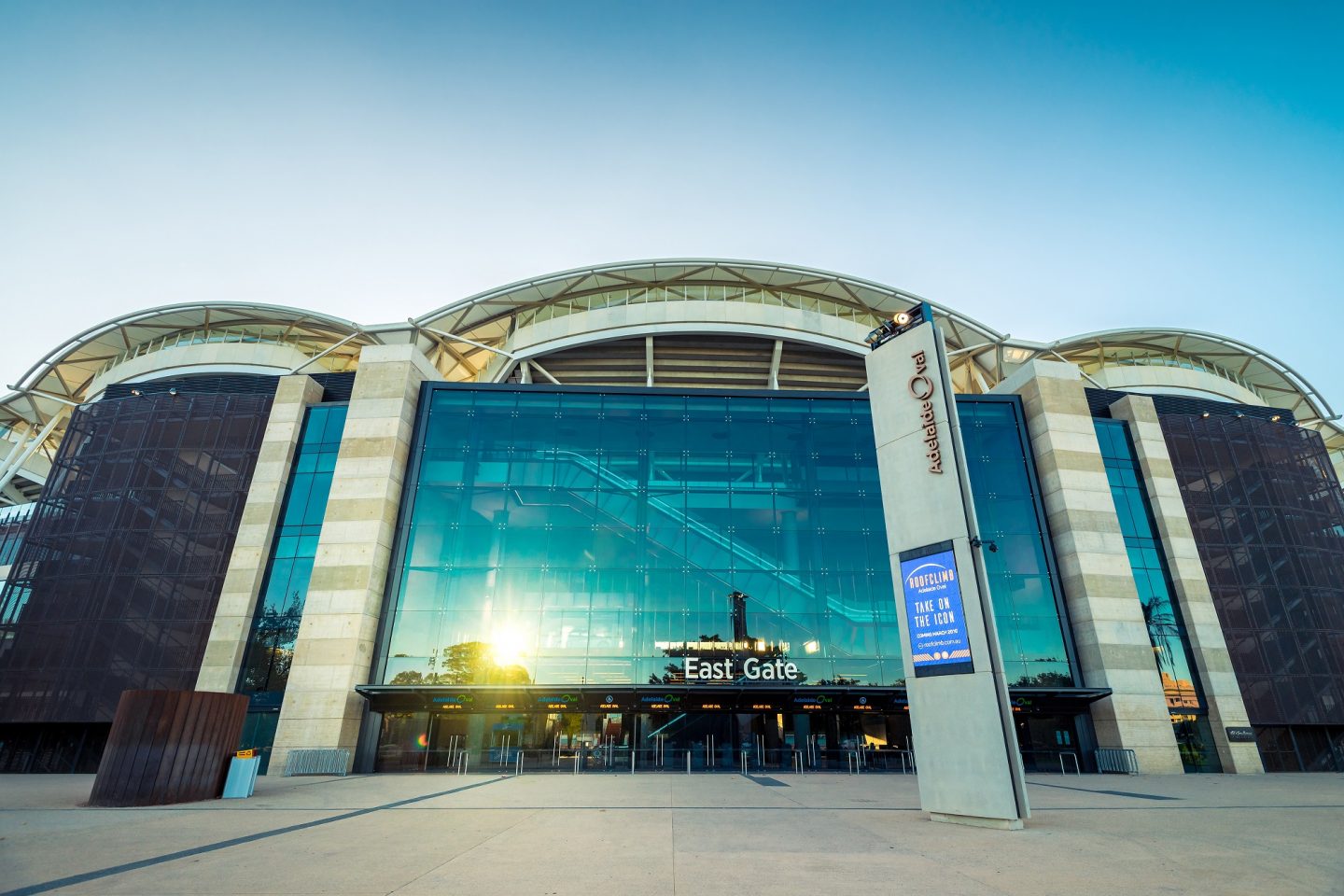Precarious employment has been creeping into Australian industrial relations for some time now, and is not restricted to our casual workforce alone. Research indicates 30 per cent of our workforce has no paid sick leave and as of 2018 over 50 per cent of workers are in non-standard employment. Even if you are not in a precarious job yourself, someone you know is.
In less turbulent times it’s easier to overlook the serious, but often individualised, drawbacks of precarious work. But this lack of security is most dangerous when things go wrong, and 2020 has seen a lot of things go wrong at once, with few industries likely to emerge untouched.
When compared to our international neighbours, broader Australia, and South Australia specifically, are still in the early days of this crisis and we are already seeing swathes of people losing work. Social isolation and bans on travel and large gatherings are having an immediate and devastating effect on our tourism, hospitality and cultural sectors.
Casual staff members at Adelaide Oval were told by stadium management this week that they would not be receiving any more shifts “at this time” amid disruption to the upcoming AFL season, while the mass cancellations of months’ worth of programming by major arts organisations leaves both artists, and a legion of support workers and event staff, in a similar boat.
 With many public events cancelled, casual staff at venues like Adelaide Oval and Adelaide Festival Centre are among many Australian workers losing shifts due to COVID-19 measures
With many public events cancelled, casual staff at venues like Adelaide Oval and Adelaide Festival Centre are among many Australian workers losing shifts due to COVID-19 measures
The website ilostmygig.net.au is asking performers, businesses and contractors to detail their cancelled jobs, and as of 18 March the reported losses have exceeded $150 million nationally. Another telling number comes from supermarket Coles, itself no hero when it comes to treating employees fairly, which reportedly received 36000 applications in a single day for the 5000 extra jobs it hopes will meet heightened consumer demand.
It should come as no surprise, but workers cannot survive without work; just because the shifts dry up doesn’t mean rent, bills, and other costs stop coming.
The first federal stimulus package made some inroads, but did little to support those workers who are currently engaged in casual, sole-trader, gig, or otherwise precarious employment. Early conversations have been about the ability of employees to weather a potential two weeks of self-isolation but, as the Prime Minister announced on Wednesday, whatever we do now is likely to continue for at least six months. Without adequate support, it is entirely possible that many businesses will close never to open again.
State and federal governments have indicated that we are likely to see additional stimulus packages in the coming days. It is imperative that those measures directly and actively support people who are looking down the barrel of unemployment and under-employment over the coming weeks and months. This is a social crisis as well as a health crisis, and we cannot afford to leave anyone behind.
Queensland has already announced an $8 million relief fund for its cultural sector. It’s a good start, but we will need to see more, all while ensuring that this money makes it to the workers and artists. New Zealand’s stimulus package, which includes a wage subsidy to employers of $585 a week for full-time workers, and $350 for part-time workers, is one possible model. Vitally, the Kiwi package also includes the self-employed. While the government’s first stimulus included one-off payments of $750 to Newstart recipients, now is a good time to consider that long-called-for Newstart increase, given the rate has not been touched for the last 25 years.
This crisis is truly unprecedented, and will require a correspondingly unprecedented response to help all Australian workers retain some form of stability. One thing is clear: business as usual is no longer an option.
Gemma Beale is a PhD candidate at the Australian Industrial Transformation Institute, Flinders University exploring the relationship between precarious employment and industry closure.
Get the latest from The Adelaide Review in your inbox
Get the latest from The Adelaide Review in your inbox